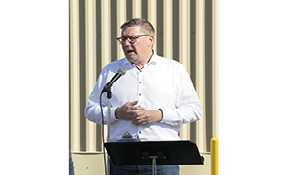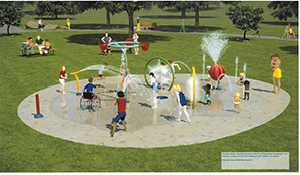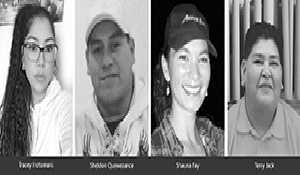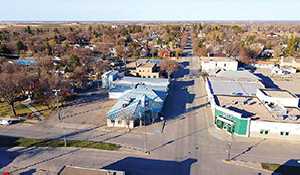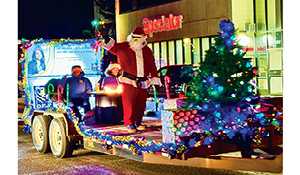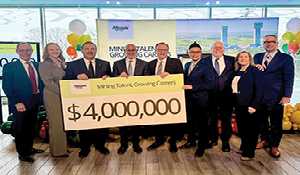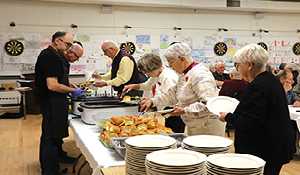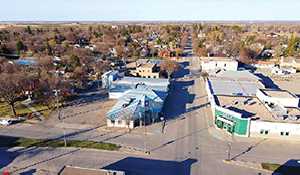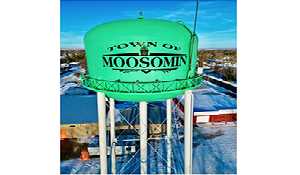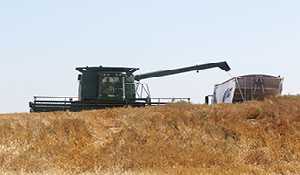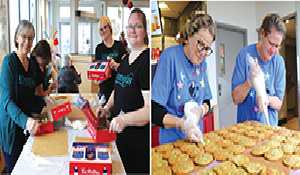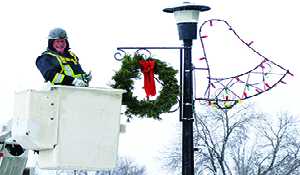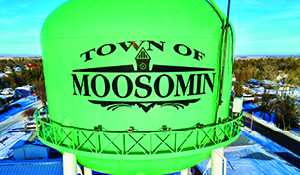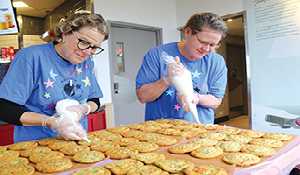Hungarian ambassador, Hungarian prime minister’s representative visit Kaposvar and Bekevar
December 2, 2021, 11:33 am
Kara Kinna
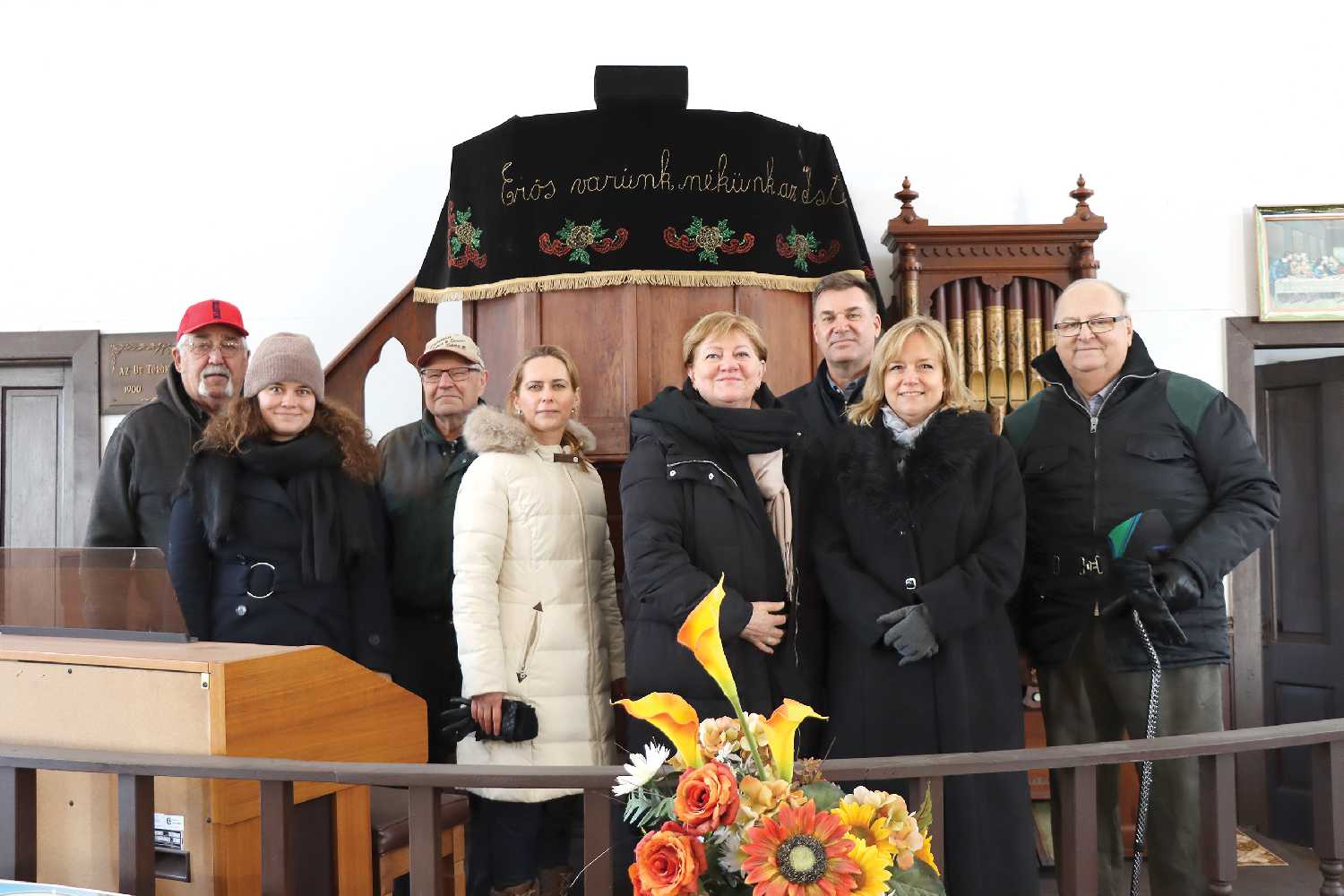

On Friday, November 19, both the Kaposvar historic site at Esterhazy and the Bekevar historic site at Kipling were visited by the Hungarian prime minister’s representative, Katalin Szili, and the ambassador of Hungary, Maria Vass-Salazar.
Szili and Vass-Salazar toured the historic church sites at Kaposvar and Bekevar and were accompanied by Candace Barta-Bonk, the Honorary Consul of Hungary to Saskatchewan, Moosomin MLA Steven Bonk, as well as the Consul/Diaspora Liason Gergely Bodnar.
Members of both the Kaposvar and Bekevar heritage societies were also on hand to greet them at each site. The group was also accompanied by Zsuzsanna Fekete, personal assistant to Katalin Szili.
At Kaposvar in Esterhazy, MP Cathay Wagantall also came out to greet the group.
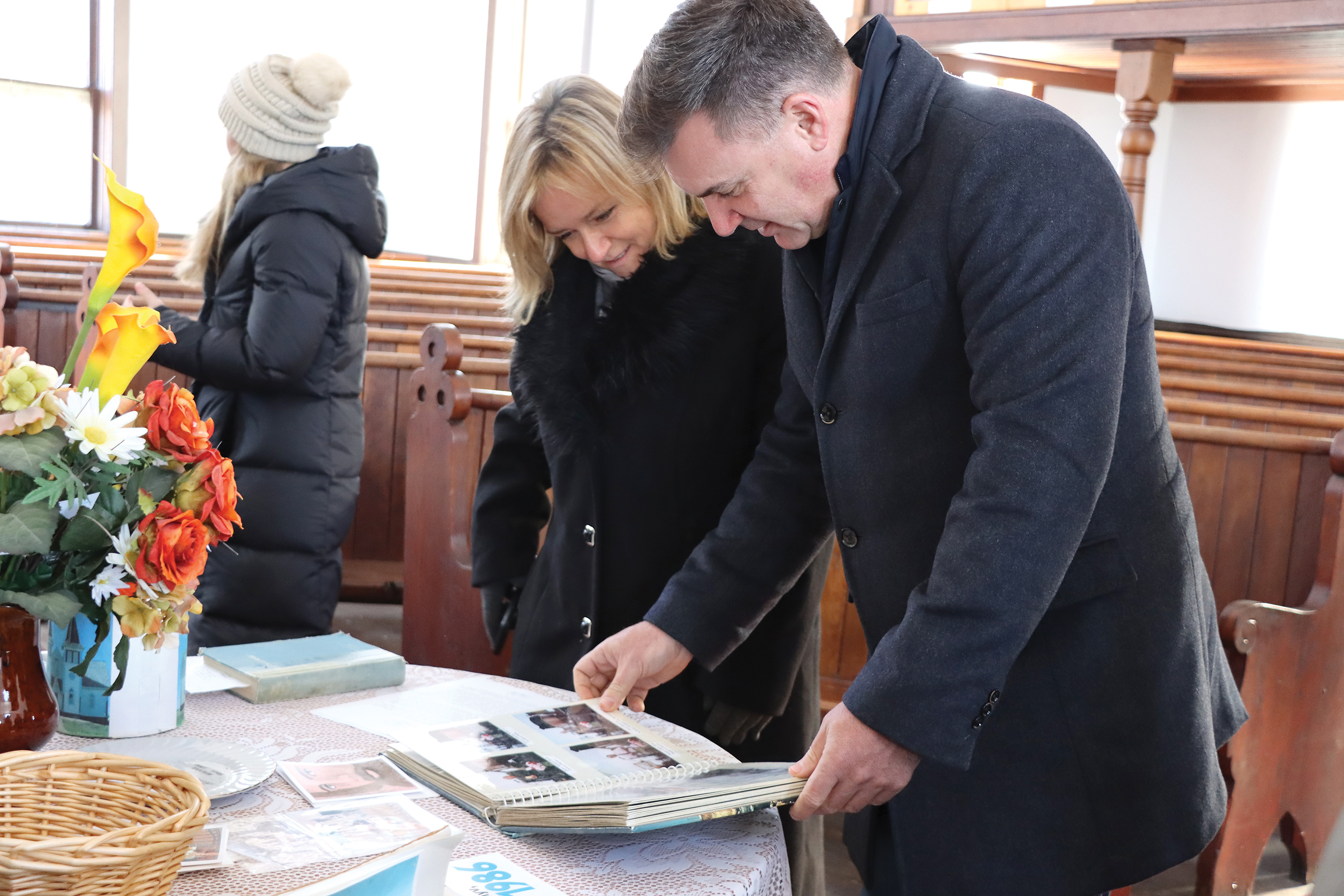

The purpose of the visits
Both of the historical sites at Kaposvar and Bekevar are important in that they are some of the first sites in Western Canada where Hungarian immigrants settled and built churches for their communities.
The church site at Kaposvar was finished in 1907 and the site at Bekevar was built in 1912.
While former Hungarian Ambassador Ódor Bálint has visited both sites before, new ambassador Maria Vass-Salazar had not, and Katalin Szili, the Hungarian prime minister’s representative, happened to be in Canada, so a visit was arranged for both dignitaries to see the important historical sites before Szili returned home to Hungary.
The Hungarian government honors its connection to Hungarian communities abroad and heritage sites in Canada, and has put funding toward preserving some of that heritage. In 2019, new stained glass windows were installed in the Kaposvar church near Esterhazy with the Hungarian embassy donating $40,000 toward the project to help replace four of the windows. The other $40,000 for the project came from local families who donated the funds.
Vass-Salazar said the visit to Kaposvar and Bekevar on November 19 was important to her and Szili.
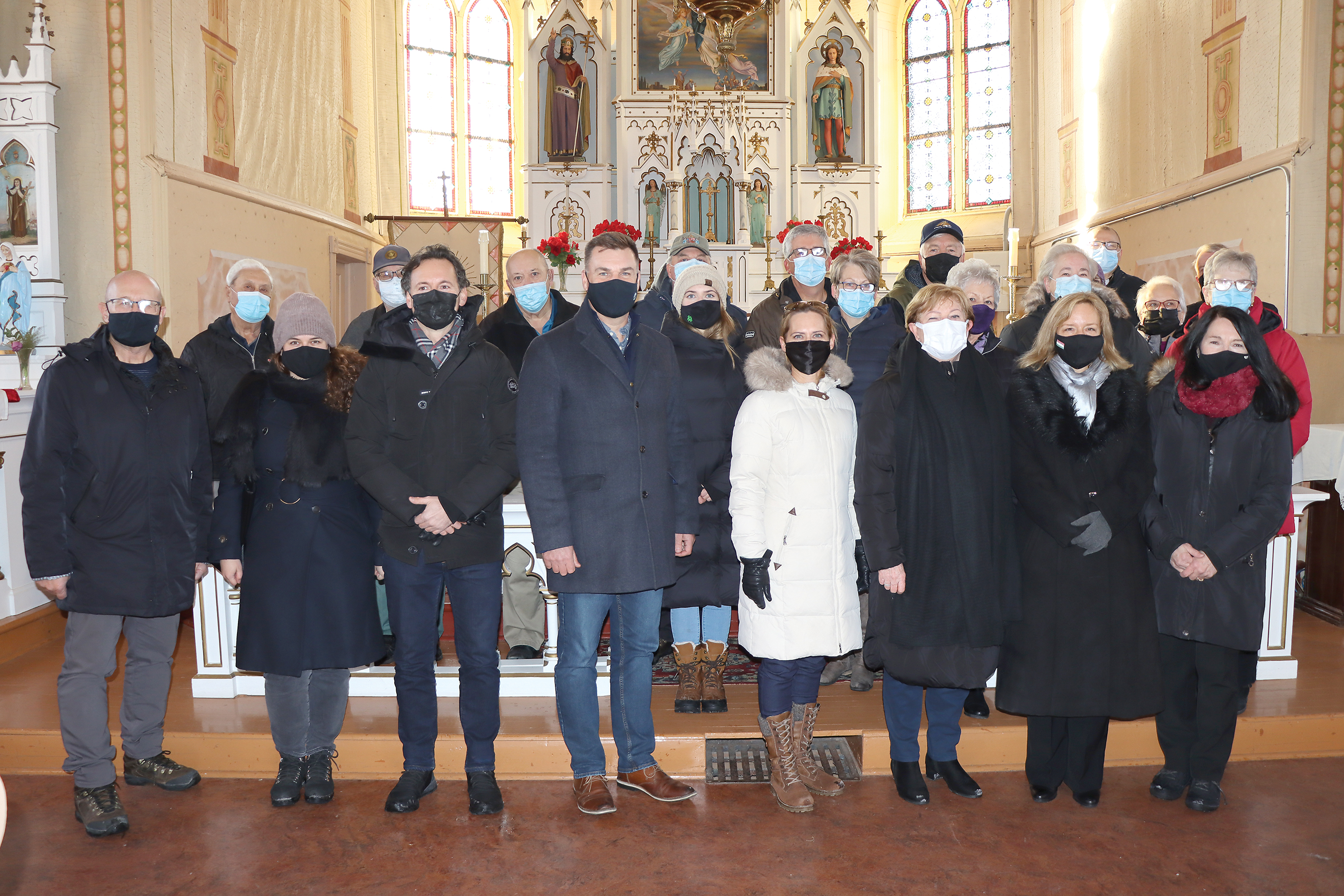

“We were very honored to have the former speaker of the Hungarian Parliament, who’s currently the Prime Minister’s Commissioner covering the Hungarian diaspora, that visited Canada. We wanted to make sure that she came to Saskatchewan where the first Hungarians settled in the 1880s,” she said afterwards.
“There is a very deeply rooted and highly valued connection between Hungary and Canada, between Hungary and Saskatchewan. Our compatriots, the forefathers of many Hungarians here, settled in Saskatchewan and we wanted to visit the sites, the churches of Bekevar here and also we went to Esterhazy to see the Hungarian church there.
“Also, we learned a lot about the history, how the first Hungarians who settled here, how they lived and how they made a contribution to the development of Canada, but at the same time they cherished and passed on the Hungarian heritage and our traditions to future generations.
“It’s particularly uplifting and heartwarming for any Hungarian to be here, to be present at this site. I would very much like to thank Candace Bonk and Steven Bonk for organizing this trip for us. It is a very important manifestation of the deeply rooted connections between our people, and we are very proud to see the Hungarian community in Canada, and in particular here in Saskatchewan, have carried on the legacy of their forefathers.”
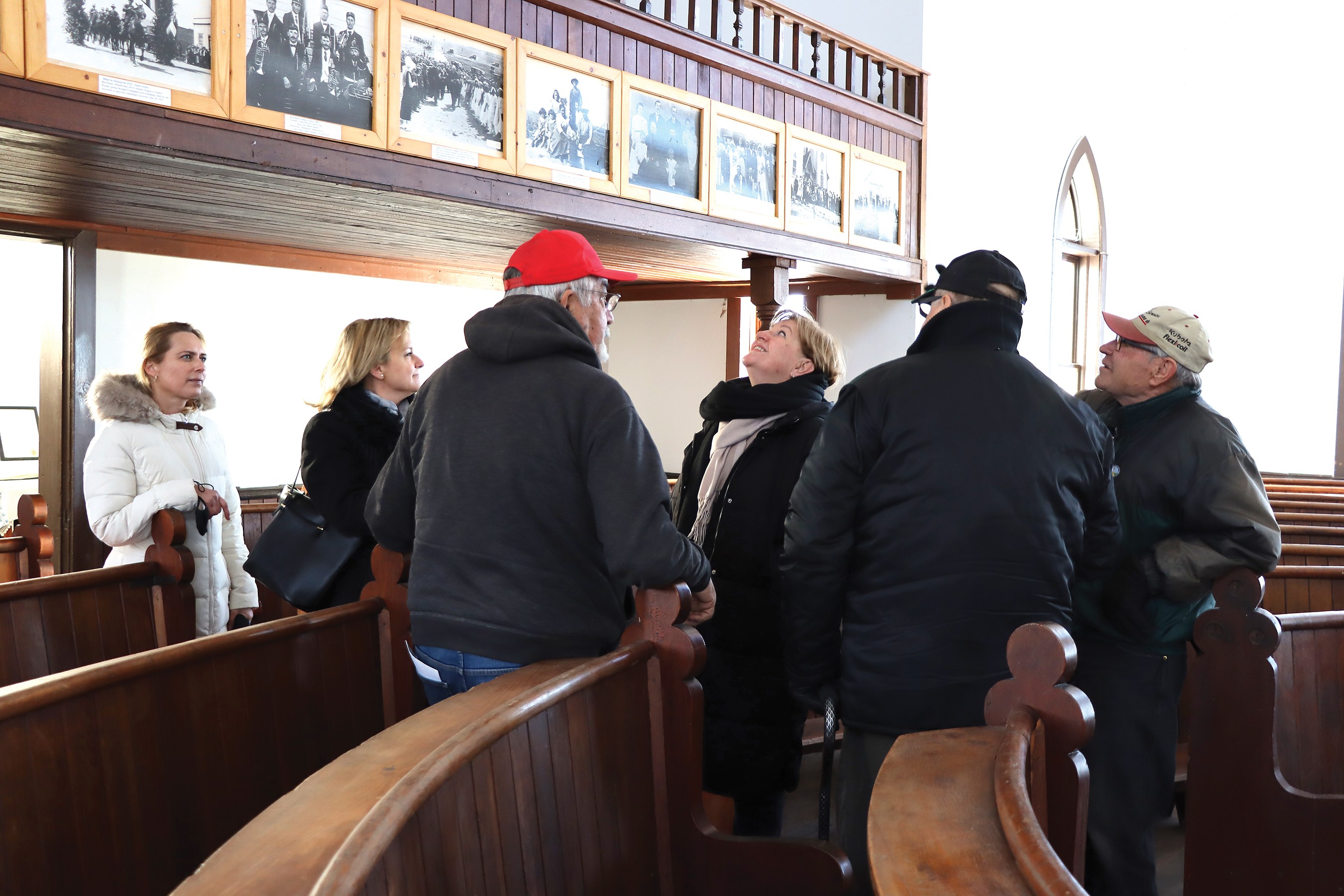

What was her impression of both sites?
“It feels like we are in Hungary!” she says. “Inside the churches, they look the same as what we have historically in Hungary. I very much value that the Saskatchewan authorities also appreciate the Hungarian heritage here. We saw the markers for the historic sites both here and in Kaposvar Esterhazy. This is a very, very good example of how we all need to appreciate our roots because that helps us identify who we are and to also pass it on to future generations.
“We Hungarians have a very, very long history and difficult history, sometimes triumphant, but sometimes a challenging history. We cherish and carry on our heritage and so it’s heart warming to see in Canada the Hungarians have actually preserved all these values and memories.
“This is a tremendous value for us to see. I cannot find the right words to express my appreciation and my gratitude for them but I think it also reflects on how in Canada, the heritage of the communities are truly, truly appreciated.
“Also my personal impression both at Bekevar and Kaposvar is that they are tight-knit communities. You can see the values of the community and how people really help each other and work together. They collaborate and work together to preserve the heritage, and that is is truly, truly appreciated.”
This was Vass-Salazar’s first visit to Saskatchewan.
“I arrived in Canada to start my service as ambassador of Hungary in the middle of the pandemic last September,” she says. “So I could not travel here before when it was not possible to visit, but I’m all the more happy that now I can do this.
“The Hungarian community here in Canada and in Saskatchewan, the oldest Hungarian community, is a valuable bond between our countries and between Hungary and Saskatchewan.
“There are Hungarian communities all over the world but the Hungarian community in Canada is the second largest diaspora community in the world. Only the United States has more, but obviously that’s a much bigger country with a bigger population, and the Canadian Hungarian community is truly significant.
“During the last census in Canada, 350,000 Hungarian-Canadians claimed their Hungarian background and ancestry and that’s something that we value tremendously. It’s important for Hungarians in Hungary to see the value that our compatriots created in other parts of the world. We work with our official partners a lot to enhance the co-operation, enhance partnerships, and that’s important, but I think what really gives deeply rooted connections between two nations is actually the people-to-people connections. How communities themselves carry on their tradition and reach out and connect with the other nations.
“That’s why the Hungarian community here and in Canada is truly making a very, very important bridge between our nations.”
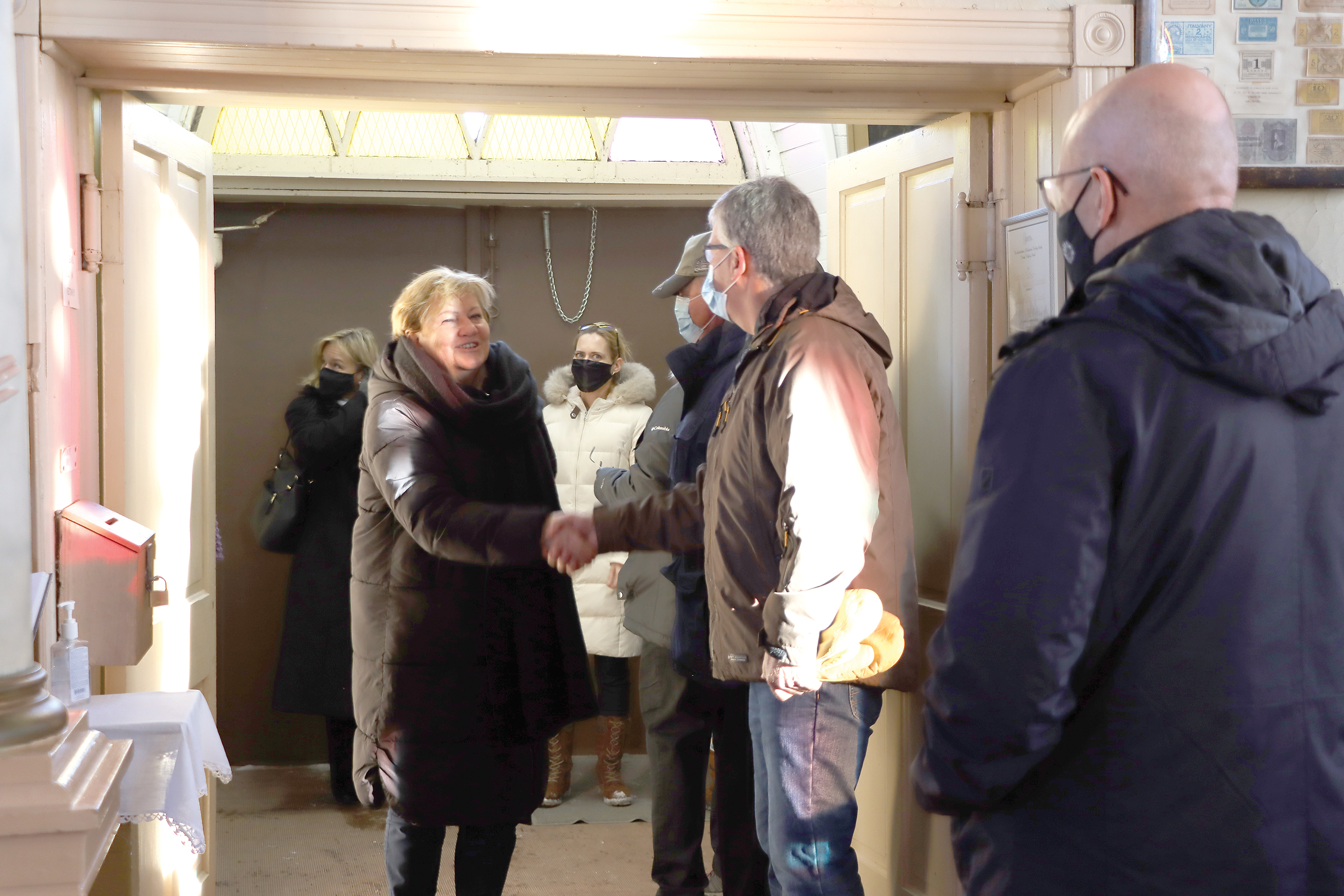

About the two sites
Loreen Nagy with the Kaposvar Historic Society in Esterhazy says the Kaposvar site dates its beginnings back to 1886.
“It started in 1886 and most of the families that came in 1886 were from the U.S. and were from the Pennsylvania coal mining area. And a lot of them, after the first winter, didn’t stay there because of the harsh winter. They left.
“But in 1888 Count Esterhazy brought a group of settlers directly from Hungary and they stayed. So a lot of the families here are directly from Hungary.
“This church was finished in 1907. It took 1,700 loads of stones. All of the stones for the rectory that was built in 1900 or 1902 and for the church were all gathered from the surrounding fields.
“The first Hungarian priest originally put stained glass windows in the church, and then in the ‘50s they were broken out by a hail storm on both sides, Just the two in the front remained, and it took us until 2019 to get them fixed.
“The Hungarian embassy supplied us with enough money to do four banks of windows. And then there were four other families that stepped up.”
There are about 40 members in the Kaposvar Historic Society. They say the visit on November 19 was important.
“We were one of the first Hungarian settlements in Canada so it’s very important. It was a bit of a surprise,” says Kaposvar Historic Society President Duane Bartock.
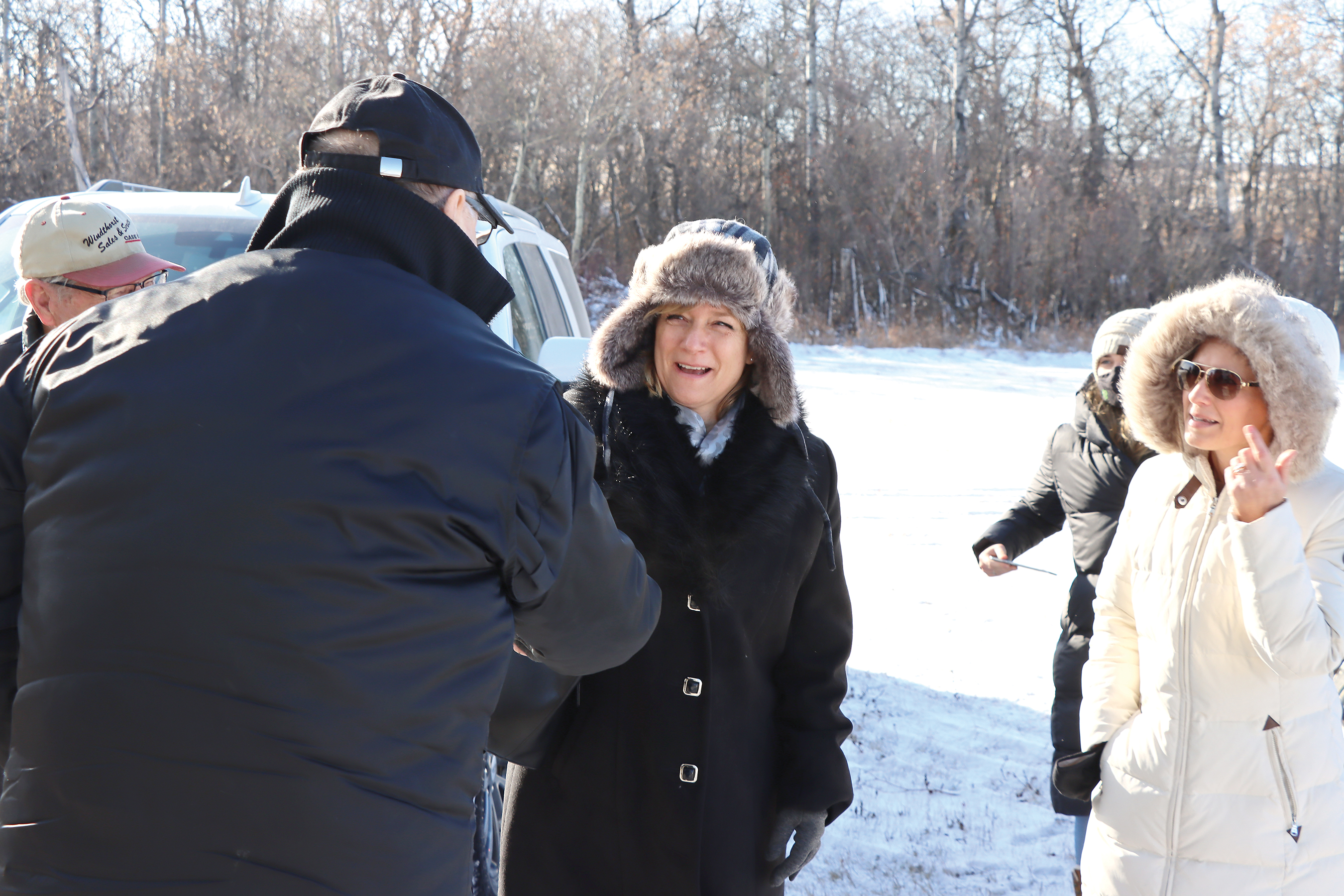

“I’m most excited about them seeing the stained glass windows and the plaques with the names of those who donated,” says Eola Stevenson with the Kaposavar Historic society.
The Kaposvar historic site is open to the public to tour, and while regular services are not held at the church any longer, the church is still used for special occasions such as weddings.
The Bekevar historic site at Kipling is much the same, with the Bekevar group raising funds to try to maintain the church, which is also used for special occasions.
“Basically, our goal is to keep the elements and the vermin out,” says Bekevar Heritage Society President Jack Daku. “So we have to re-shingle some of these valleys (in the roof), you can see the damage inside, it’s leaking through. We want to re-shingle the entrance and the steeples all need shingling. Part of a window blew in just because the caulking is getting old now.
“So we’ve got major things to do here and it’s a work in progress. We hope to be able to keep the church in decent shape so it can be used because there are some functions that take place here, some weddings and socials take place through the summer.”
Daku says about $300,000 needs to be raised to do much needed maintenance on the church, with about $70,000 being raised toward that goal so far.
Daku says the Hungarian government has indicated that they would like to assist with some of that funding, much the way they did with the stained glass windows at Kaposvar.
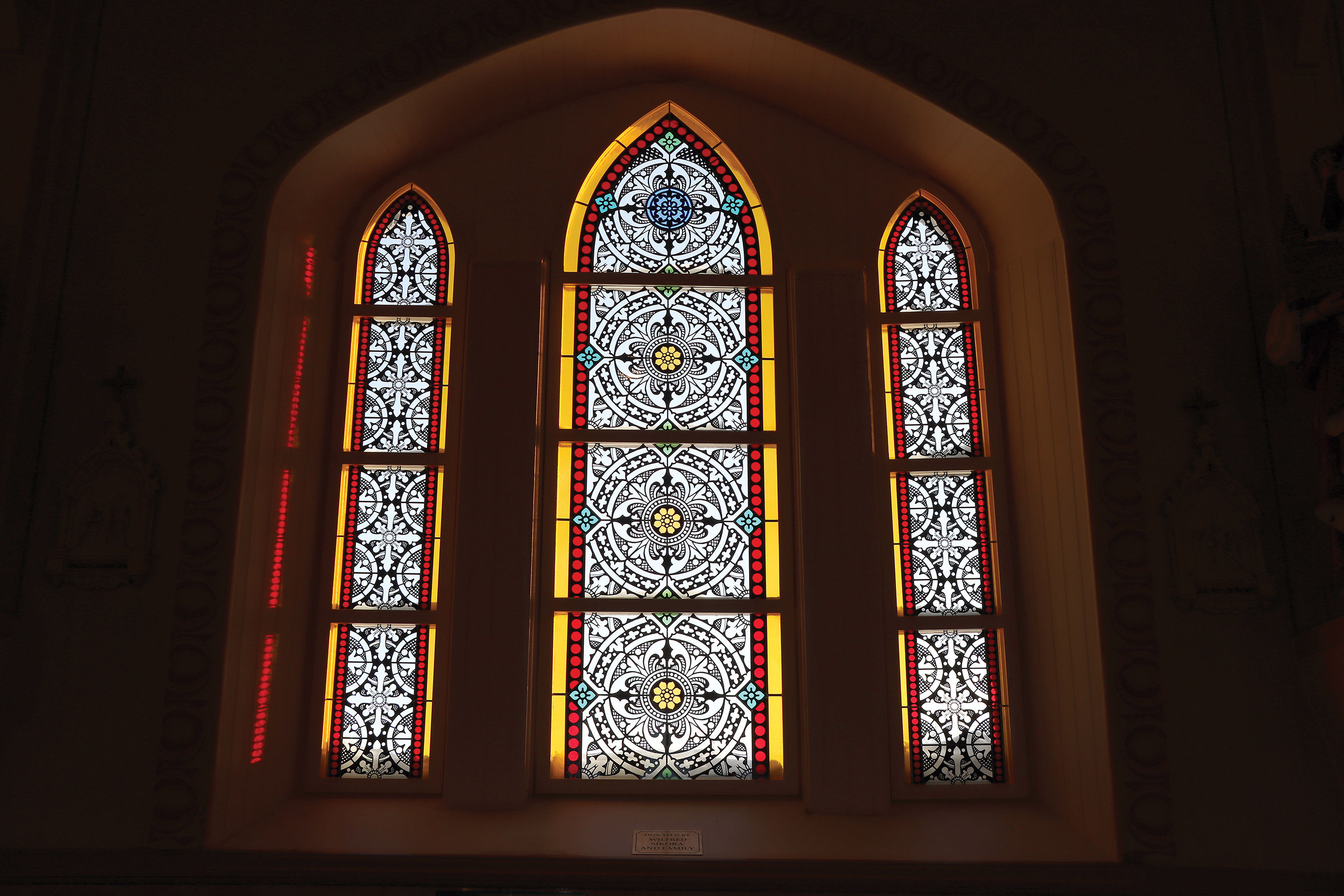

“I think it’s very important because it shows the history of the Hungarians that came from Hungary in the 1880s,” says Daku. “My grandfather came from Northeast Hungary in 1902 with his parents, and many other families came. At one time there used to be 1,500 Hungarians in the community. The church was the centre of the universe, it wasn’t the Town of Kipling itself. So all the socials took place, there was a dance hall here that we had just a quarter of a mile away.
“This is a unique church. These pews are very unique with the circular-type setting (the pews at Bekevar are curved) and we can fill this place up pretty readily when we have a function going on, so we feel it’s very important for our Hungarian heritage.
“It was built in 1911 and 1912. It was built by a local contractor and local help and it’s unique, it’s fashioned after a church in East Hungary. I was over there in 2011 and it was quite interesting to see the similarities of this church to that one.” Tweet













